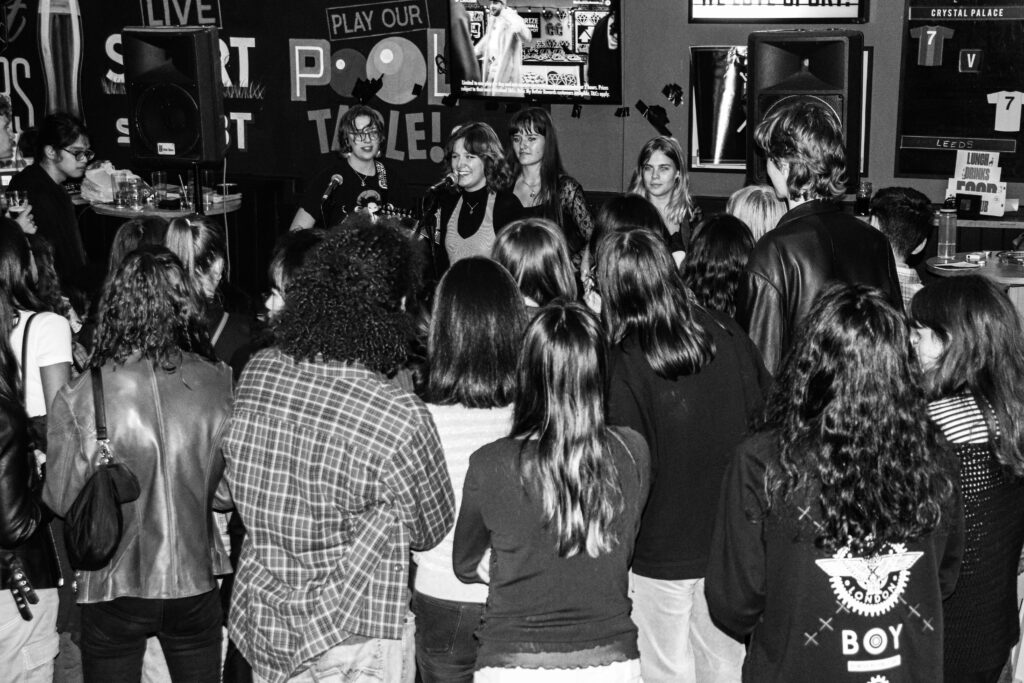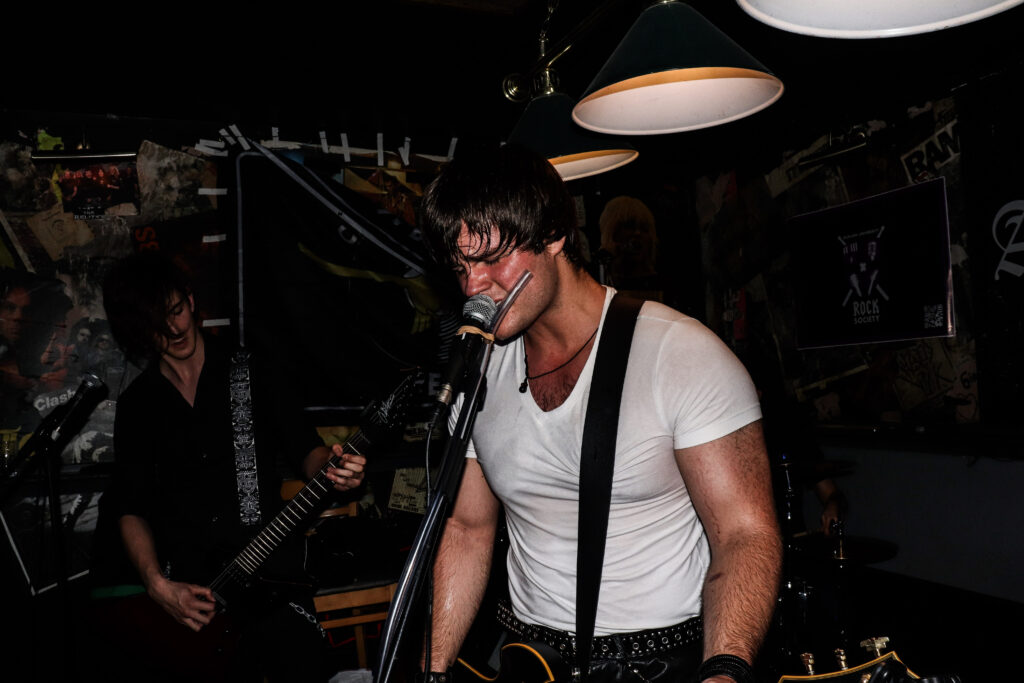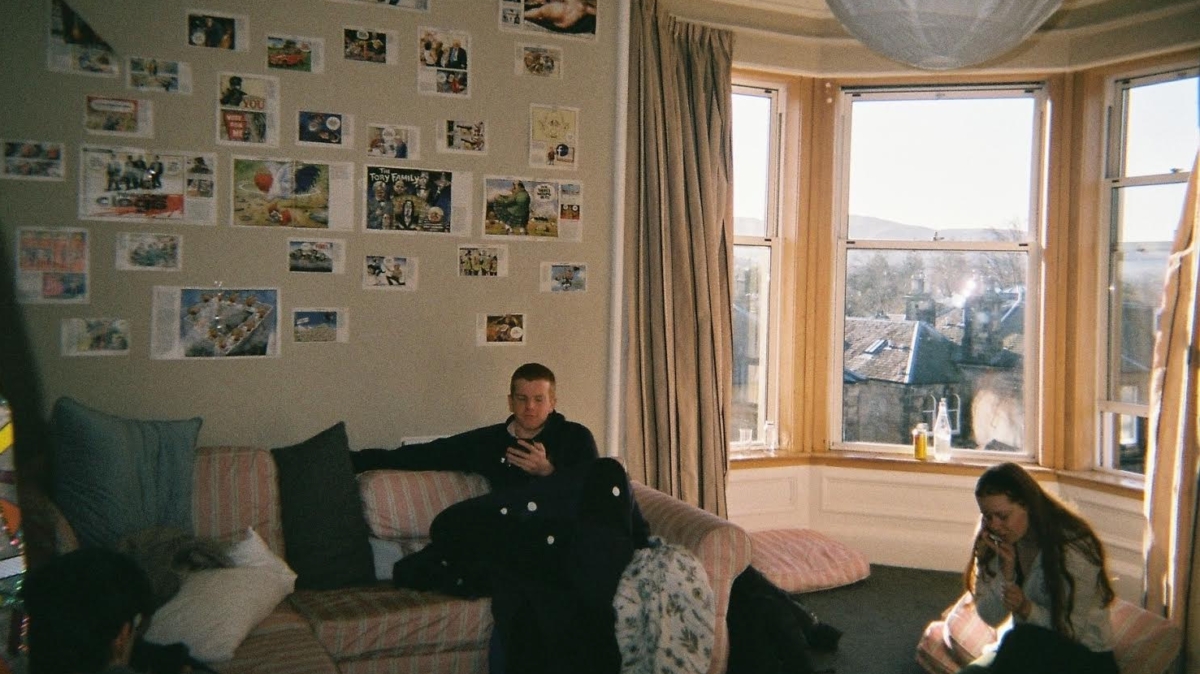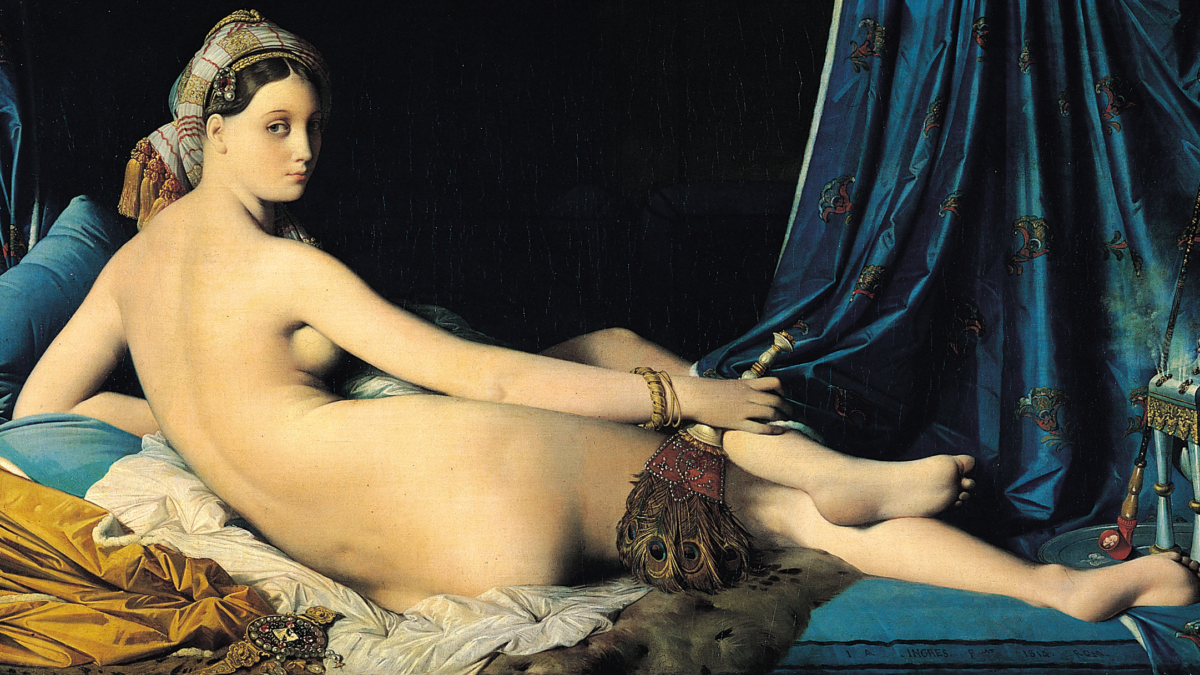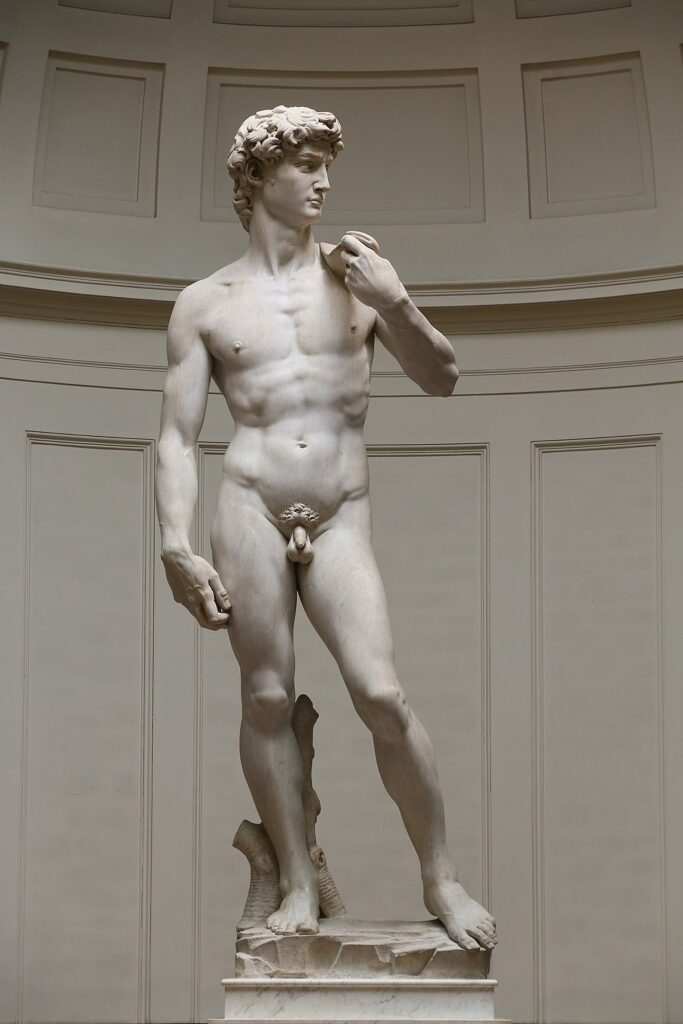By Mimi Nation-Dixon.
I have often found myself losing focus when watching a TV show or a film – but I always find myself completely entranced when watching a piece of theatre – from my younger brother’s starring role as the donkey in his Year 2 nativity, to watching Juliet Stevenson star in Robert Icke’s combative play, ‘The Doctor’– I was captivated, albeit for different reasons.
This may be because through choosing to go to the theatre you are committing yourself to two hours of complete submission to the story being told. You are physically within the same building as the actors – so, however talented or not they may be (I am here referring to my brother’s role as a donkey), you can see and feel the human effort and skill behind the story.
This became apparent to me over summer; watching the preview night of ‘The Doctor’, there was a moment when an actor forgot his line at a pivotal moment. Confused panic spread across the eyes of all the cast on stage.
Suddenly this dramatic pause had lost all drama.
It was now just awkward.
Bizarrely, the audience felt nervous – a bit like what I would imagine one to feel if, when taking a bus, the driver took his hands off the wheel and yelled “look no hands!” Momentary excitement swiftly replaced by pulsating panic. But – through eye contact and improvisation the actors soon navigated their way back to the story. Hands now securely back on the wheel, the audience could breathe a sigh of relief. The wheel of the story once again moving.
Forgetting lines is probably one of an actor’s worst nightmares, but – with actors performing every night for weeks on end – statistically, forgetting your lines is inevitable. Human error is a necessary by-product of human effort. Top journalists will make typos – evidenced by a quick flick through the website MailOnline (though I am hesitant to use the phrase ‘top journalism’ and MailOnline in the same sentence). What I am trying to get at here is, wherever human effort is involved, mistakes are inevitable.
Yet it was this ‘mistake’ which made me realise the value of live theatre, and why it will always strike me as uniquely challenging – whether I am lucky enough to be able to perform and make live theatre professionally, or even just to be able to afford to watch live theatre regularly.
Theatre, to me, is where the most authentic human stories are told. The actors are just humans creating a story. The actors don’t know what will exactly happen on the night, and neither do the audience. This creates room for the unexpected.
As an actor, there is nothing more exhilarating than being on stage, adrenaline electrifying both performer and audience, the scene takes a new turn – the story leads the narration. Back in 2014, the space for exciting spontaneity facilitated by live theatre could be observed in the final performance of Jez Butterworth’s play Mojo. Actor Ben Whishaw smashed up the card table hinges and all, Daniel Mays and Rupert Grint ‘corpsed’ in their scene when Mays spat out a toothpick, and Tom Rhys Harris improvised his (usually silent) entrance. It was organic and exciting, and thus more real.
Live story-telling has power and value; evoking empathy through enhancing the shared human experience. I will never forget watching ‘A Monster Calls’ with a whole mass of fellow National Youth Theatre members. After the curtain call, we were all stuck to our seats, coming to terms with the story we had just been immersed in. On the tube home, none of us spoke to one another – so struck by the emotion of the play. Our silence however, was secure. Secure in the knowledge that we were all experiencing the same heightened emotions. Although silent, we were united by the invisible thread of the story we had just been told.
After-all, story-telling, although not one of the ‘seven life processes’, is a base human requirement, the feeling following watching a piece of live-theatre shouldn’t be elitist – and, making it inaccessible risks losing a key part of our human voice.







